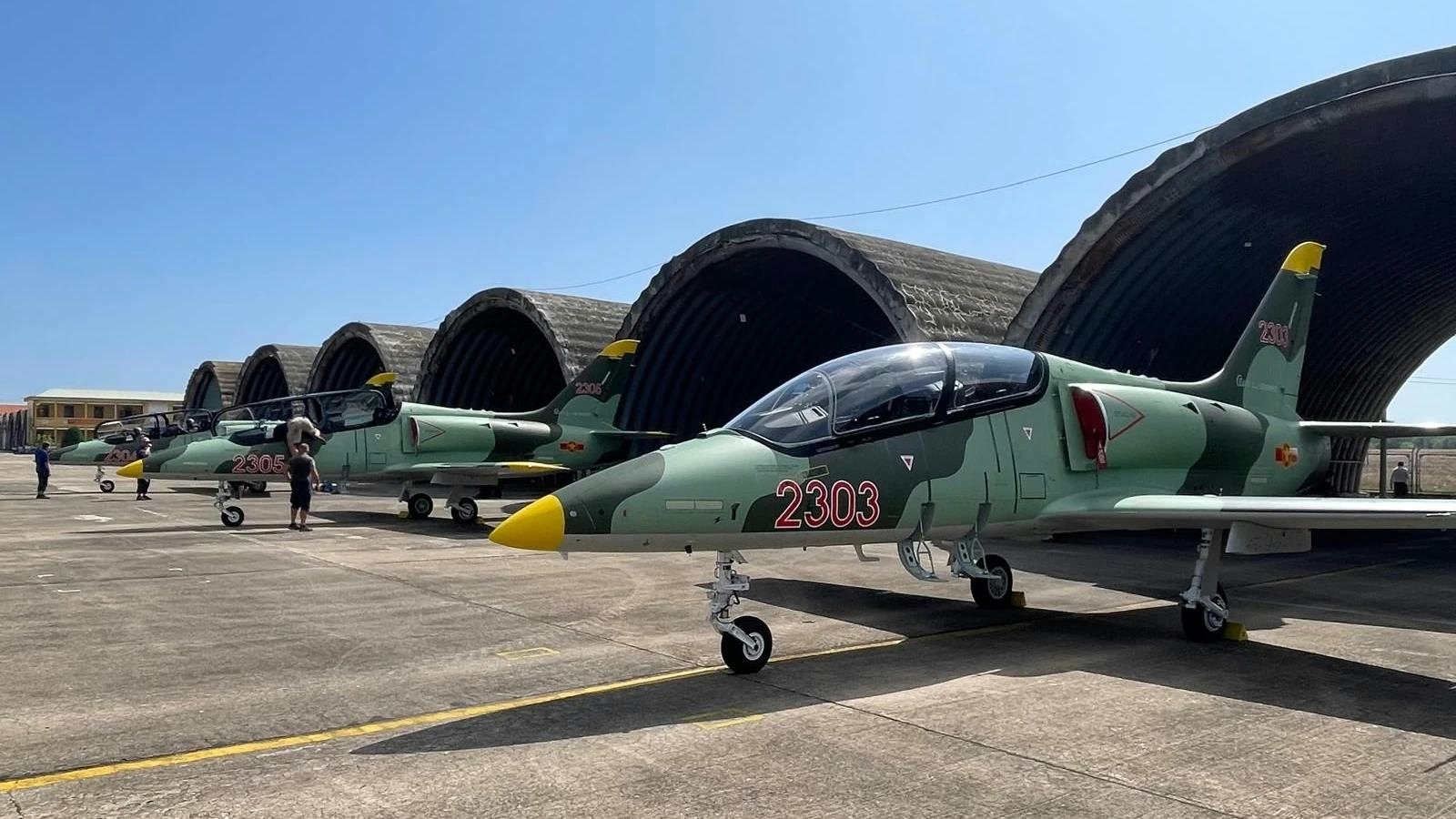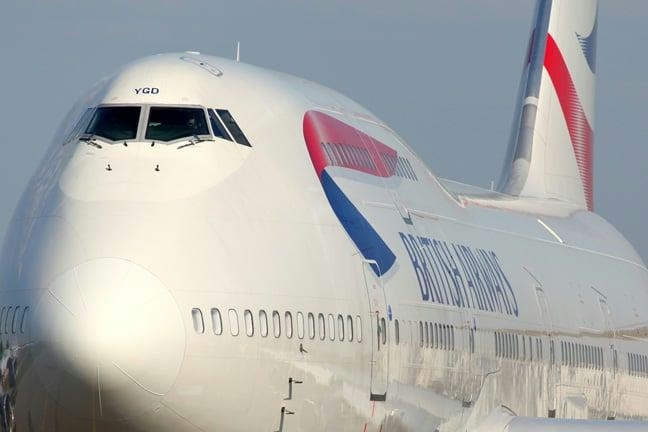
AeroGenie – Ihr intelligenter Copilot.
Trends
Categories
Textron Aviation Introduces Wireless Trackers for Parts

Textron Aviation Introduces Wireless Trackers for Parts Shipments
Textron Aviation has announced the integration of Sensos Smart Labels into its parts distribution process, enabling customers to access real-time tracking and shipment status updates for select parts orders. These wireless trackers provide continuous location updates throughout the shipping journey, with live tracking available for both domestic and international shipments. Customers can purchase access to this enhanced tracking service through Textron Aviation’s parts website.
Enhancing Transparency and Control in Parts Delivery
Brad White, senior vice president of global parts distribution at Textron Aviation, emphasized the importance of timely and accurate parts deliveries for aircraft operations. He stated that incorporating Sensos Smart Labels into the logistics network offers customers greater confidence and control over their shipments, reinforcing the company’s commitment to delivering a superior aviation experience.
While the new tracking option is designed to improve transparency and reliability, Textron Aviation faces potential challenges in integrating this technology with its existing logistics systems. Industry analysts highlight that regulatory considerations and the complexities involved in adopting new tracking solutions may present obstacles for both Textron and its customers. Some operators may initially approach the transition cautiously, evaluating the costs and possible disruptions associated with implementing the new platform.
Market Context and Industry Trends
The competitive landscape in aviation parts tracking is evolving rapidly. Competitors such as Honeywell have introduced similar technologies, with Honeywell’s Ensemble health monitoring service reportedly gaining significant traction among operators. This growing momentum is likely to influence market dynamics, encouraging companies to accelerate the development and deployment of their own tracking solutions to maintain a competitive advantage.
Textron Aviation’s adoption of wireless tracking technology aligns with a broader industry trend toward enhanced supply chain visibility and increased customer empowerment. The company’s initiative reflects its dedication to improving the parts delivery experience amid ongoing innovation and shifting customer expectations within the aviation sector.

UAE Airports Adopt AI to Manage Rising Passenger Traffic

Spain’s Leading Airlines and Hotels Use Google Flights AI to Enhance Holiday Offers

Vietnam Grounds 28 Aircraft Amid Global Engine Shortage

United Airlines Flight Returns to Dulles After Engine Failure on Takeoff

United Airlines flight makes emergency landing at Dulles after engine failure

The Impact of the New Air Force One’s Delayed 2028 Arrival on Aviation and Travel

United Airlines Restarts Controversial AI Scheduling for Flight Attendants

Joby Aviation’s Air Taxis Poised to Change Urban Travel and Tourism

BA Chief Warns AI Agents May Diminish Brand Visibility
